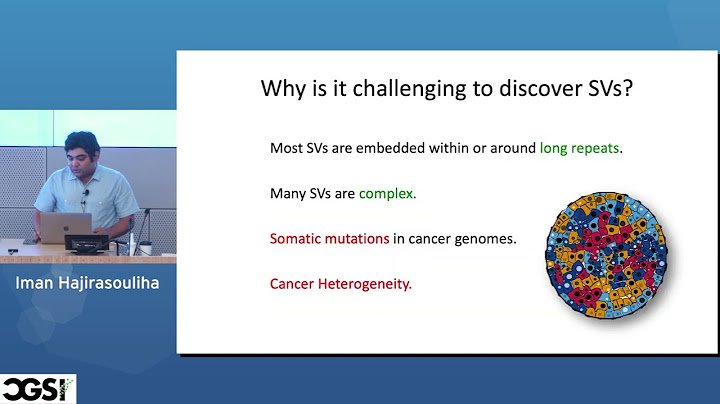Combined Motors specializes in producing one specialty vehicle. It is called Surfer and is styled to easily fit multiple surfboards in its back area andtop-mounted storage racks. Combined -Plant management costs, $2,124,000 per year What is the variable manufacturing cost per vehicle? What is the fixed manufacturing cost per month? Kennywood Inc., a manufacturing firm, is able to produce 1,300 pairs of pants per hour, at maximum efficiency. There are three eight-hour shifts each day. Due to unavoidable operating interruptions, production averages 850 units per hour. The plant actually operates only 28 days per month. Based on the current budget, Kennywood estimates that it will be able to sell only 500,000 units due to the entry of a competitor with aggressive
marketing capabilities. But the demand is unlikely to be affected in future and will be around 519,000. Assume the month has 30 days. What is the master-budget capacity utilization level for this budget period? Kennywood Inc., a manufacturing firm, is able to produce 1,000 pairs of pants per hour, at maximum efficiency. There are three eight-hour shifts each day. Due to
unavoidable operating interruptions, production averages 800 units per hour. The plant actually operates only 28 days per month. Based on the current budget, Kennywood estimates that it will be able to sell only 501,000 units due to the entry of a competitor with aggressive marketing capabilities. But the demand is unlikely to be affected in future and will be around 519,000. Assume the month has 30 days. Ms. Sophia Jones, the company president, has heard that there are multiple breakeven points for every product. She does not believe this and has asked you to provide the evidence of such a possibility. Some information about the company for 2017 is as follows: $4,620,000 Glossier Images Inc., produces decorative statues. Management has provided the following information: Actual sales 35,000 statues Direct
material costs $7.10 per statue What is the total throughput contribution? Revenues (2,500 × $925) $2,312,500 The 10,000 units in inventory being assigned fixed manufacturing costs cause the operating income difference. The fixed manufacturing cost assigned to the inventory is carried into the next month. The fixed costs per unit were $10 per unit ($400,000/40,000), therefore, $100,000 (10,000 × $10) were carried into February. Variable costing helps avoid confusion by relating variations in expenses to sales rather than to inventory fluctuations. Under variable costing, the total fixed amount ($400,000) would be expensed in January and none carried forward into February. Therefore, January's income would be $100,000 less than reported and February's $100,000 more than reported. 7,374 units For 2017, Rockford, Inc., had sales of 150,000 units and production of 200,000 units. Other information for the year included: Direct manufacturing labor $197,500 There was no beginning inventory. For 2017, Rockford, Inc., had sales of 150,000 units and production of 200,000 units. Other information for the year included: Direct manufacturing labor $197,500 There was no beginning
inventory. $56,080 Ms. Sophia Jones, the company president, has heard that there are multiple breakeven points for every product. She does not believe this and has asked you to provide the evidence of such a possibility. Some information about the company for 2017 is as follows: Total fixed manufacturing overhead $185,000 What are breakeven sales in units using variable costing? (Round any intermediary calculations to the nearest cent and your final answer up to the next whole unit.) $124,200 |

zusammenhängende Posts
Werbung
NEUESTEN NACHRICHTEN
Werbung
Populer
Werbung

Urheberrechte © © 2024 berikutyang Inc.


















